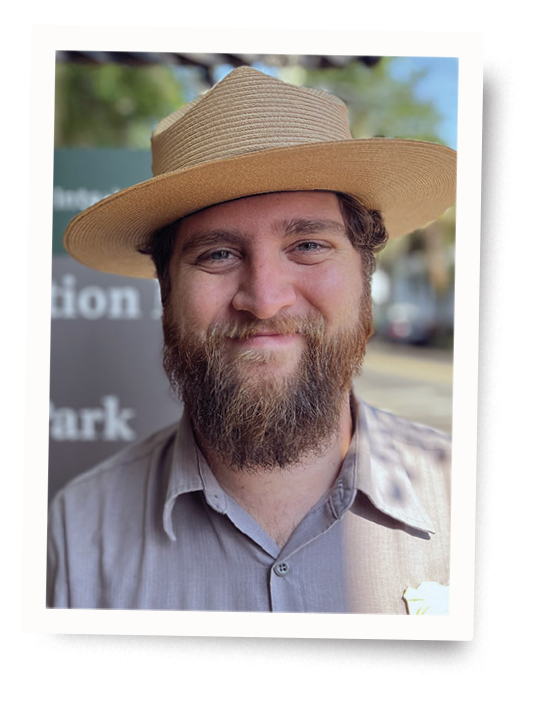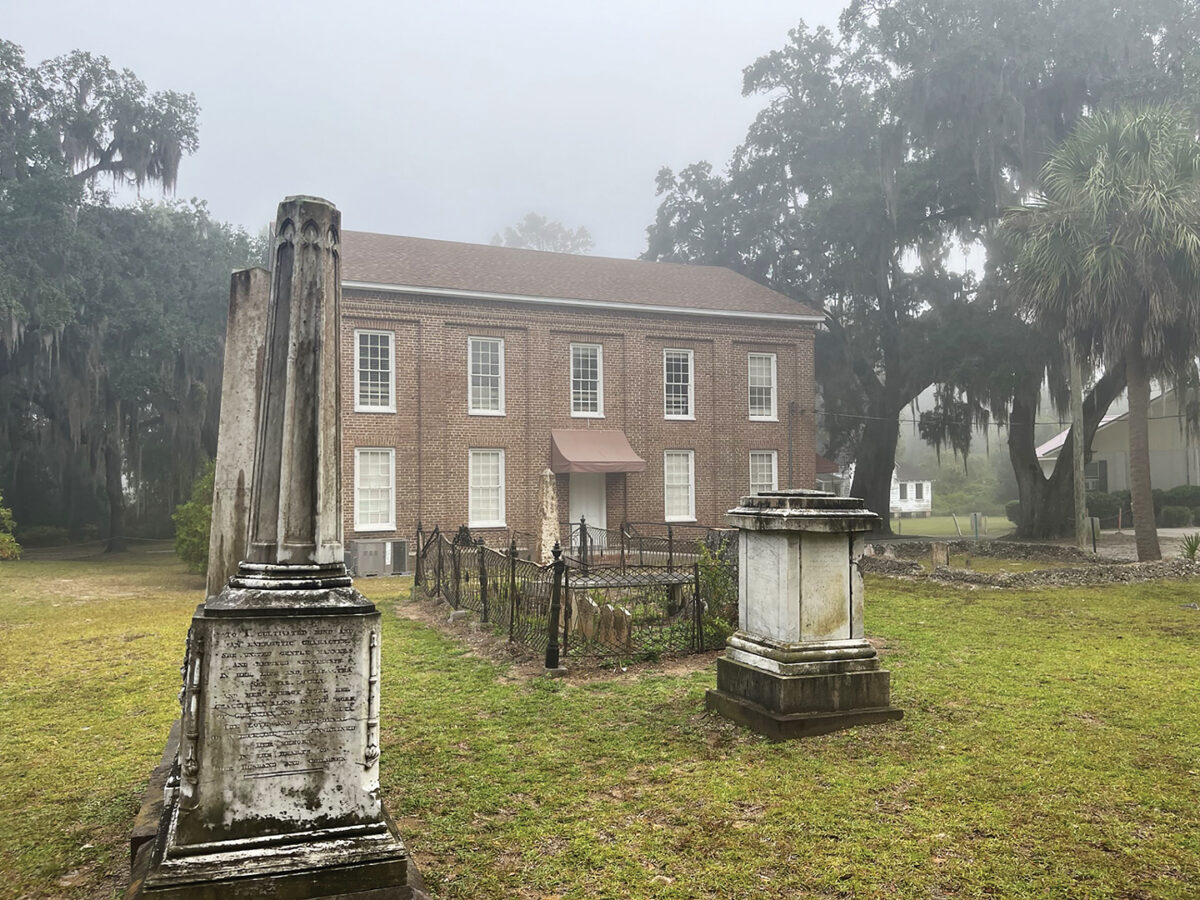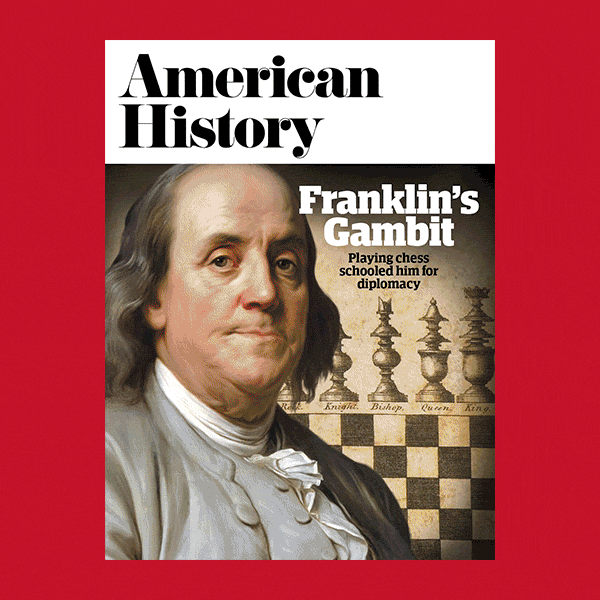Reconstruction is a tough story to tell. The promise was so great and the ending so disappointing. It’s hardly a surprise that it took a century and a half to open a national historical park portraying what happened. In January 2017, a site was established as a national monument and rededicated as Reconstruction Era National Historical Park in 2019. The location is in South Carolina’s Sea Islands, where Reconstruction can be said to have begun and for a long while succeeded. Rich Condon arrived as park ranger a year later, around the start of the COVID-19 lockdown. The temporary closure of the National Park Service site gave him time to acclimate to his new situation and to the touchy subject matter with which he would be dealing.
The attempt to reconstruct the South after the Civil War and the freeing of the slaves didn’t go according to plan. But what was that plan? What were the goals at the start?

Here in the South Carolina Sea Islands, U.S. troops arrived in November 1861. They drive out a large portion of Confederate troops and White plantation owners. What’s left are about 10,000 African Americans. They make up 85–90 percent of the population.
A lot of questions start to surface. The U.S. troops are being asked: Am I free? Can I go to school? Can I carry a rifle? There are goals of providing education, building schools. There’s the goal of eventually arming newly freed African American men. You have the start of the 1st South Carolina Volunteer Infantry, the first Black regiment to don the U.S. Army uniform. Things like land ownership and labor reform. All that’s part of Reconstruction.
What’s special about this site is that all that stuff happens here starting in 1862 through the rest of the war, when it isn’t really happening in many other places throughout the South. This becomes what historians have called a rehearsal for Reconstruction. All those goals are outlined here, and they attempt to execute them during the postwar period in many other places across the South. The success rate varies. Here, it’s a massive success. It takes hold and lasts probably the longest of anywhere.
How did the grand designs for Reconstruction go wrong?
For a long time, Reconstruction was portrayed as a failure. It wasn’t a failure. It was defeated. It was dismantled and defeated in large part by groups like the Ku Klux Klan, the Red Shirts, the White League—groups of White supremacists who did not want to see African Americans in U.S. Army uniforms. Seeing them in a position of authority didn’t sit well for people who used to call a lot of these men “property.”
Reconstruction takes root and is doing well for a while. In most places it’s lasting 12-plus years. If you look at most definitions of Reconstruction, people look at it beginning with the end of the Civil War in 1865 and the passing of the 13th Amendment abolishing slavery and ending about 1877, when Rutherford B. Hayes is elected president and pulls U.S. troops from the South.
Here we have a much broader definition. We start in 1861 with the arrival of U.S. troops and we extend it to about 1900, because even in the 1880s and 1890s, there are Black public officials being elected to office. Where it goes wrong is some of these more isolated areas like the South Carolina Upcountry, where you have the Klan presence—White supremacist violence and voter intimidation. In many parts of the North, White Northerners were losing interest in Reconstruction. All these are contributing factors to the process going into a steady decline.
In the end, what were the most significant changes, good and bad?
We see the legacy of Reconstruction in a lot of different places, even into the 20th and 21st century. Some of the good changes: African American land ownership. African American citizenship. “Citizenship” was defined largely by Black U.S. military veterans from the Civil War before 1868. Before the passing of the 14th Amendment in 1868, “citizenship” was not clearly defined.
The bad side is that at the end of Reconstruction, you have the start of the Jim Crow era, which lasts well into the 1960s. Here in South Carolina, the 1868 state constitution was a restructuring of society. It allowed African American men to vote. It extended public education to everybody, regardless of sex or race. Almost 30 years later, in 1895, a new constitution is passed in which segregation is codified, in which African Americans are seen as less than citizens and are largely disenfranchised. This was happening across the South at the end of the 19th century and in the early 20th century, and the ripple effects of that last much longer than people like to remember.
This is one of the newest national historical parks. Can you talk about how it came to be?
There was plenty of interest in the local community of having a park here addressing Reconstruction. Broad and diverse support ranged from community leadership to churches to average citizens. They have a vested interest in this story being told.
This site was established initially as a national monument through an executive order in January 2017, and it becomes a national historical park in March 2019. And really what that did was allow for the expansion of this story. It allowed for the establishment of the Reconstruction Era National Historic Network, which is operated by the park. We have national parks across the country that are part of this network. We also have sites that are not managed by the federal government that have a Reconstruction story to tell. It allows this story to become more familiar to people across the nation.
How do you manage to maintain a balance in your portrayal of controversial subject matter like this?
We talk about the hopes and successes of Reconstruction, but we also talk about the dismantling, and that includes things like racial violence, attacks on African Americans and their allies in the South. We talk about the reactions to things like African American progress, to moving from the state of enslavement to freedom to working toward equality. I think we give it a fair treatment, which in other places it had not been given in a long time.
I’ll note that we didn’t have a lot of violent push back on the Sea Islands during Reconstruction. That’s because the population remains about 90 percent African American, so you don’t have groups like the Klan or the Red Shirts operating. You also didn’t have bridges that connect these islands to the mainland until the 1920s.
Can you describe briefly what’s most important about each of the distinct sites that make up the park?
We have three, you could say three or four, sites. We have our main visitor center in downtown Beaufort. There is a plethora of things we can cover here, one of them being African American financial autonomy. The Freedman’s Bank, one of the first in the nation, is still standing. We can talk about land ownership and labor reform. The majority of the homes and lots in this area are African American–owned by 1864–1865.
Out on Saint Helena Island, a 15-minute drive from here, we have the Penn Center Historic Landmark District. We operate a site there called Darrah Hall, and we also have an easement agreement with Brick Baptist Church right across the road. At Darrah Hall, education is the big story. The people who attended classes there at Penn School, who were enslaved just a couple of months earlier, were prevented by law from learning to read and write. This is their first opportunity to change that. Knowledge is power. That’s the last thing a plantation owner wants the people he calls “property” to have.
The last one is Camp Saxton, down in Port Royal, about 4 miles south of here. This is the site where the 1st South Carolina was recruited and trained for service, the first Black men to wear the U.S. Army uniform.
You learn, in a larger sense, how military service, especially for African Americans, is kind of this direct pathway toward citizenship. During Reconstruction, when the nation’s trying to figure out who deserves citizenship, 200,000-plus African American veterans raised their hands: we fought for this country and prevented it from falling apart.
Here is also the site where about 5,000 African Americans gathered on January 1, 1863, for an impartation of the Emancipation Proclamation. They’re hearing the words that declare their freedom for the first time.
This story appeared in the 2023 Autumn issue of American History magazine.
historynet magazines
Our 9 best-selling history titles feature in-depth storytelling and iconic imagery to engage and inform on the people, the wars, and the events that shaped America and the world.







